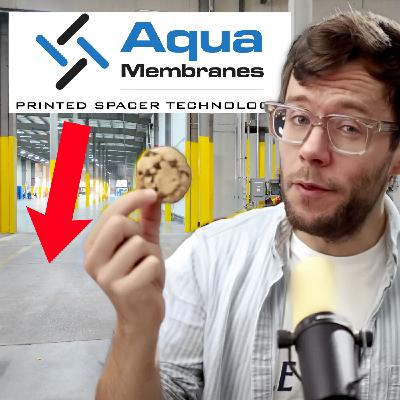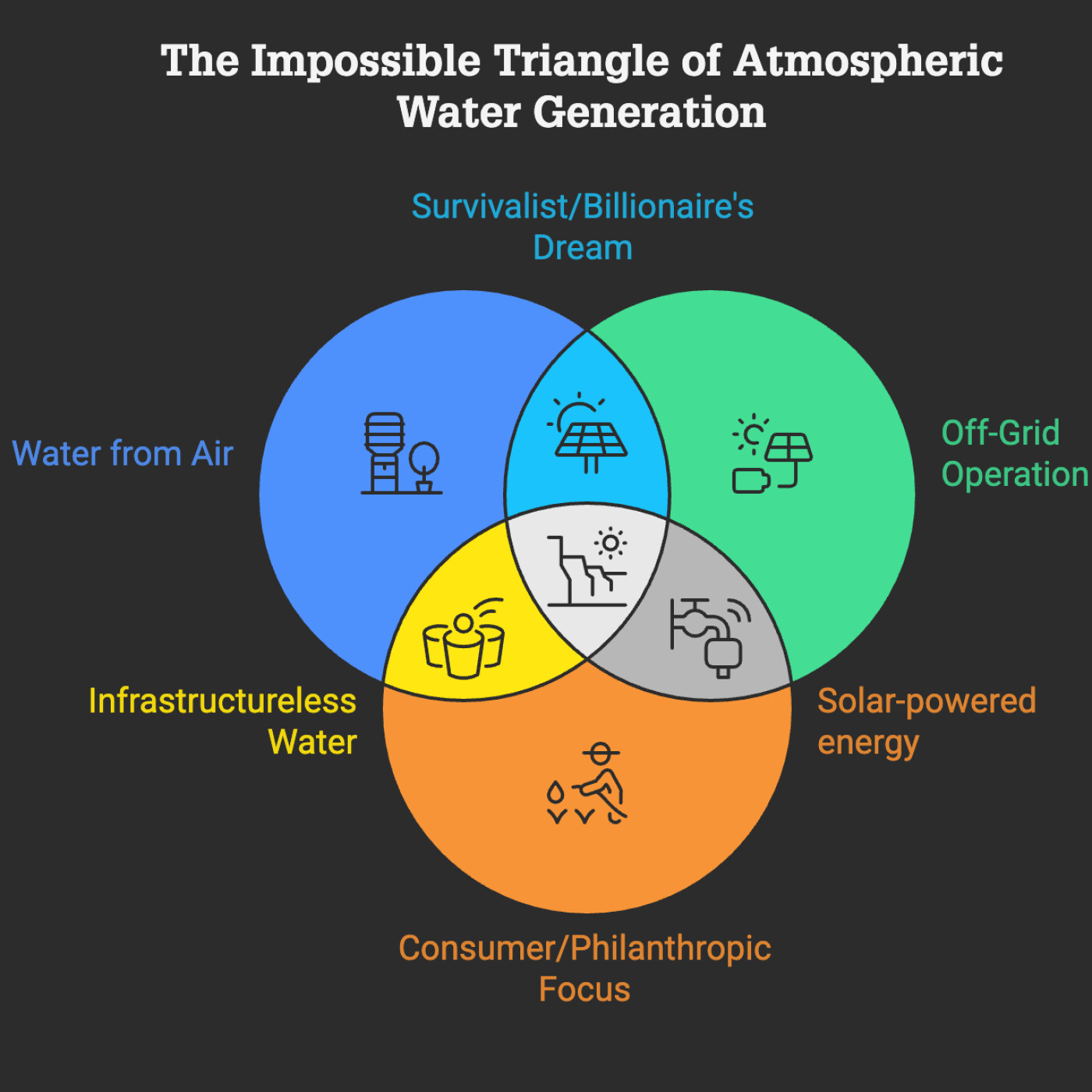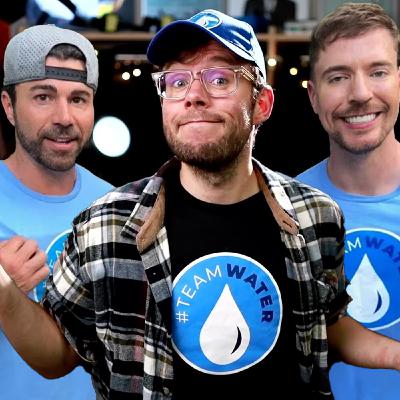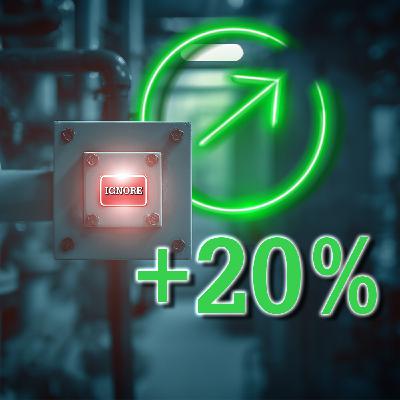Water Membrane Giants REJECTED This - Now It's Changing Everything
Description
Could this new material finally change the water membrane market (e.g.; Reverse Osmosis) for the better? Let's dig into it!
More #WaterTech insights? Get my free water investor database: https://investors.dww.show
🙌 Supporters 🙌
A big thank you to my partner SimpleLab: https://link.dww.show/simplelab
⬇️ IN THIS EPISODE ⬇️
Nala Membranes creates chlorine-tolerant water membrane technology for reverse osmosis. Founded by polymer chemists Sue Mechann and Dr. Judy Riffle, these sulfonated polysulfone water membranes withstand chlorine exposure while eliminating biofouling—reducing operating costs by 24% compared to traditional polyamide water membranes.
Sue Mechann is CEO and PhD polymer chemist at Nala Membranes, pioneering the first new reverse osmosis water membrane material in 40+ years through collaborations with Virginia Tech and University of Texas at Austin.
🌶️ KEY SPICES 🌶️
🛡️ Chlorine Resilience: Water membranes tolerate 1-10,000 ppm chlorine for continuous biofouling prevention and aggressive cleaning impossible with conventional membranes
🧪 Novel Chemistry: Sulfonated polysulfone creates smooth-surface water membranes that resist fouling while maintaining superior chemical stability
💧 Industrial Focus: Targets high-organic wastewater in agriculture, textiles, semiconductors, and mining, where traditional water membranes fail
⚡ Cost Savings: Eliminates 24% operating costs through biofouling prevention, reduces pretreatment needs, and extends water membrane lifespan
🥜 IN A NUTSHELL 🥜
Why do reverse osmosis water membranes fail with chlorine? Polyamide water membranes degrade rapidly with chlorine, forcing operators to choose between biofouling problems or membrane damage.
What makes Nala's water membrane chemistry different? Sulfonated polysulfone material with proprietary manufacturing creates chlorine-stable water membranes with smoother surfaces than polyamide alternatives.
Where are water membranes deployed first? Industrial wastewater including agricultural waste, textile processing, semiconductor manufacturing, and mining before expanding to municipal and seawater desalination.
How does chlorine tolerance reduce costs? Biofouling accounts for 24% of reverse osmosis operating costs through energy, chemicals, cleaning labor, and water membrane replacement—all addressable with chlorine tolerance.
What enables commercial scaling? Nala synthesizes polymers in-house and applies coating to standard substrates using established industrial techniques adapted for water membrane production, avoiding polyamide's complex waste streams - making it a promising water tech
#️⃣ All the Links Mentioned in this Video #️⃣
Nala Membranes: https://www.nalamembranes.com/
Sue Mecham's LinkedIn: https://www.linkedin.com/in/sue-mecham-a34252/
The theory of Water Innovation: https://youtu.be/A36PsBc1cnc?si=YFkiE4vdj3pJRS59
Hosted on Ausha. See ausha.co/privacy-policy for more information.
























